The San Francisco 49ers on Friday night made a significant upgrade to their coaching staff when they officially hired defensive coordinator Robert Saleh, but that can’t be their only big defensive move this offseason.
Heading into the offseason the 49ers have a handful of starting spots on defense that either need replacements or upgrades, particularly in the front seven where they’ve been dominant when their defenses are at their best.
Last year’s defensive coordinator Nick Sorensen had some schematic problems and struggled with both in-game and game-to-game adjustments. He also was working with a defensive roster that didn’t meet the standard previously set in San Francisco.
The 49ers’ defense is predicated heavily on its pass rush. Last season’s pass rush wasn’t good enough. According to Pro Football Focus, the 49ers had only one player in the top 65 in pass rush win rate last year, and only two in the top 80 (defensive end Nick Bosa and defensive tackle Maliek Collins). Saleh is a good coordinator, but it’s unlikely he’ll be able to manufacture a quality defense in the modern NFL with a pass rush as frequently ineffective as the unit the 49ers rolled out last season.
Adding talent on the defensive front at both the end and tackle positions is going to be essential if Saleh is going to have the type of impact that helps the 49ers return to Super Bowl contention.
They’ll also need to figure out what they’re doing alongside Fred Warner. Prior to last season when Dre Greenlaw was in the second level next to the All-Pro, the 49ers controlled the middle of the field in the passing game and had two effective, sideline-to-sideline run stoppers behind their defensive line.
Without Greenlaw last season they couldn’t find an adequate replacement and their defense struggled. There were easy throws available in the middle of the field for opposing quarterbacks, and they missed Greenlaw’s athleticism and instincts in the run game. If they’re unable to replace Greenlaw, who is set for unrestricted free agency this offseason, finding a viable replacement is going to be essential.
San Francisco will also likely have a starting cornerback job open with Charvarius Ward leaving in free agency. They could also have a starting safety spot open with Talanoa Hufanga hitting free agency and Ji’Ayir Brown struggling in 2024.
An advantage to having an experienced, successful DC like Saleh is that they’ll have a coach who can maximize the roster they do put together. Saleh alone won’t make them title contenders, however. They have to revamp their defense at at least one position in all three levels if they’re going to give Saleh the tools to help their defense reach a championship level.
[lawrence-auto-related count=3]

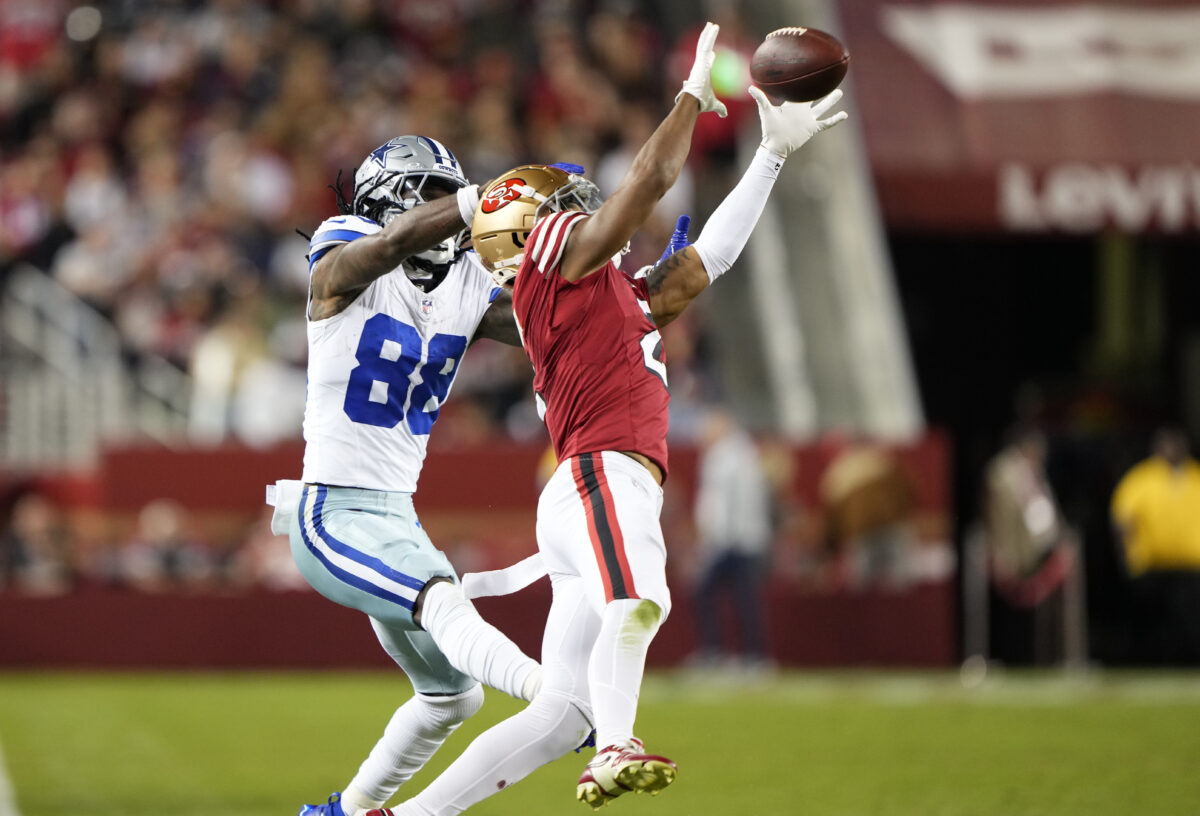
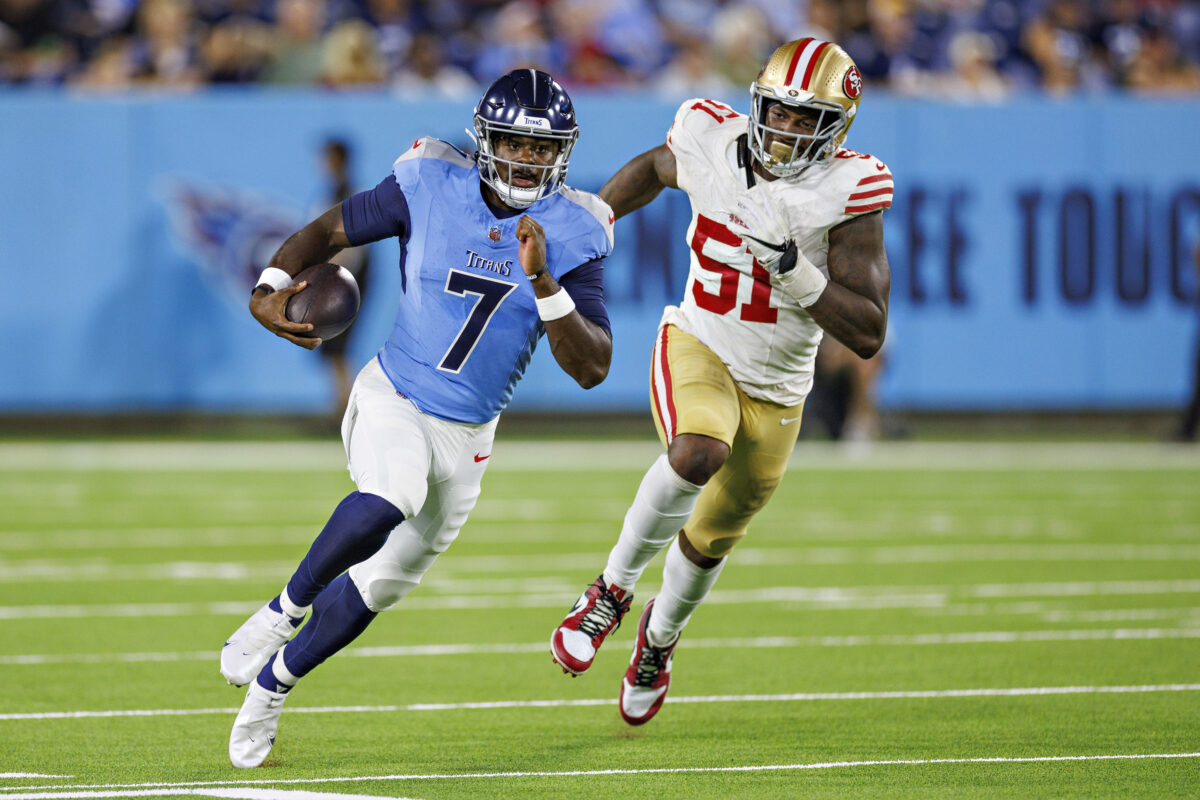
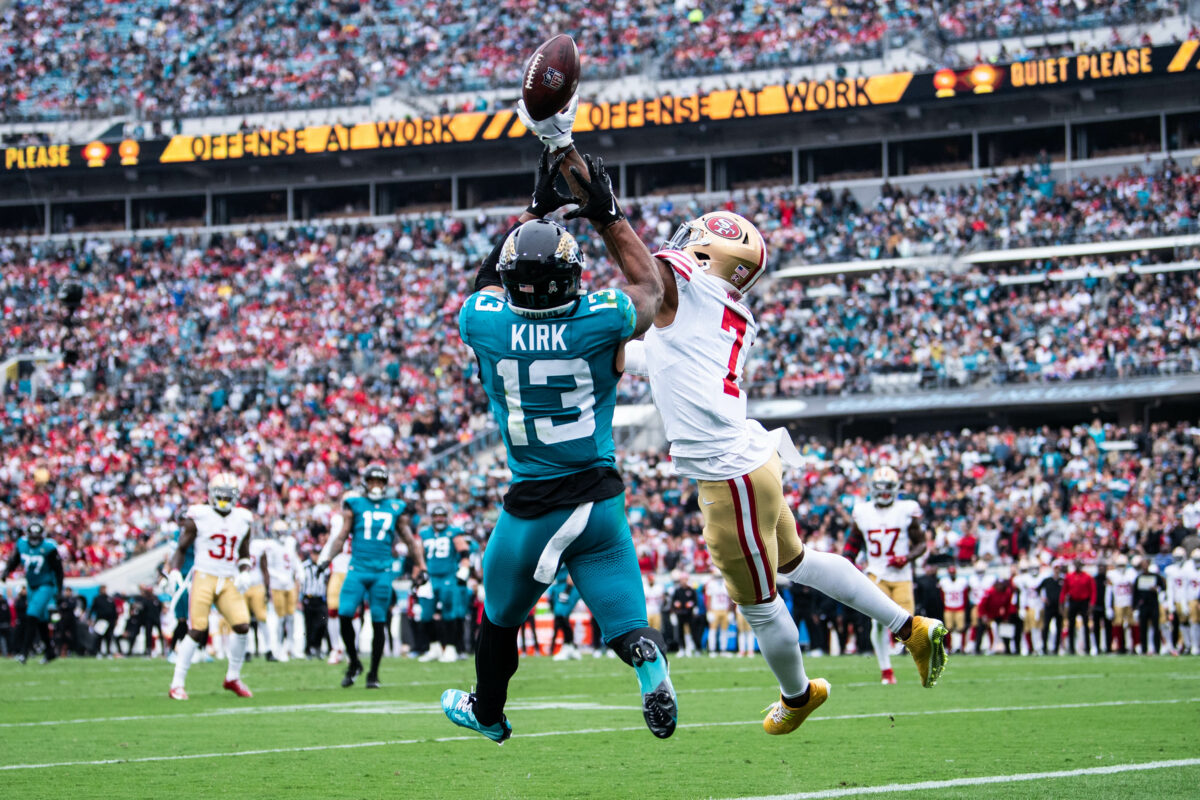
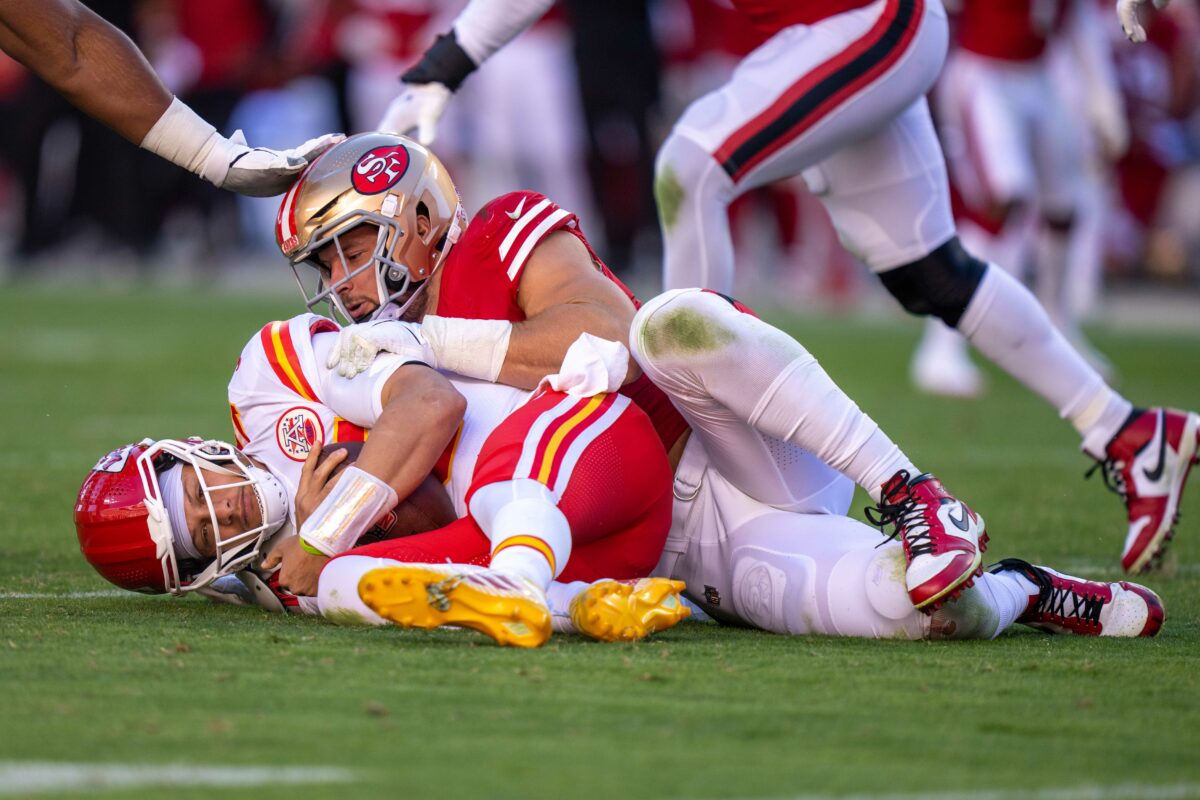
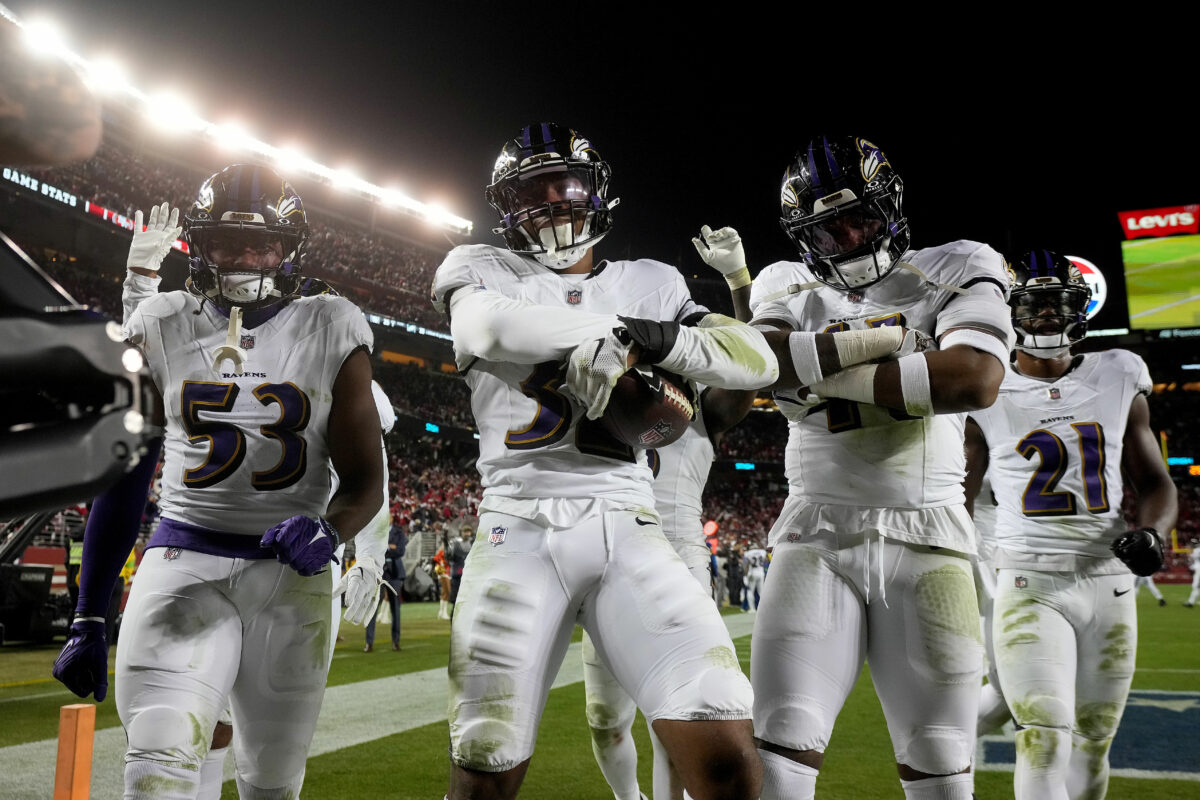
 (@NFL_DougFarrar)
(@NFL_DougFarrar)